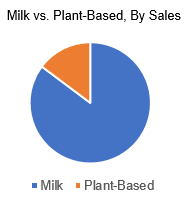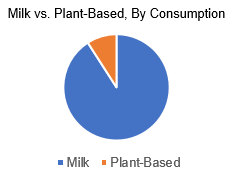Sharing how his own farm is evolving to carbon neutrality and how the dairy sector is aggressively moving to become carbon-neutral by 2050, Indiana dairy farmer Mike McCloskey highlighted ways federal incentives can further help dairy toward its net-zero emissions future.
“For some reason, repurposing cow manure does not have the same shine as an array of solar panels or the grandeur of a wind farm on the horizon,” said McCloskey, chairman of NMPF’s Environmental Issues Committee and a pioneer in carbon-friendly dairy-farming practices, in written testimony prepared for a hearing today of the House Committee on Agriculture’s Subcommittee on Commodity Exchanges, Energy, and Credit.
But aligning the incentives needed for dairy to widely adopt anaerobic digesters and other emissions-mitigation technologies deserves greater attention, as it will only enhance the energy transition already encouraged by federal support for better-known clean-energy sources, he said.
“Anaerobic digestion provides clean energy and several other environmental benefits – such as avoided methane emissions, mitigated odor and air pollution, and minimized nutrient loading,” McCloskey said.
The dairy industry has adopted an ambitious goal of becoming a carbon-neutral sector of the economy by 2050 through its Net-Zero Initiative, a partnership among farmers and the entire production chain. As the national organization representing U.S. dairy farmers, NMPF is committed to these sustainability goals, which will be greatly aided by public-policy solutions.
“The Net Zero Initiative is about each dairy farm – regardless of size, region, or production style – contributing what it can, where it can,” McCloskey said. “No individual farm will be held to the Net Zero target, yet all will play a part. I, and my fellow dairy farmers, look forward to working with Congress.”
Note: Today’s hearing begins at 10 a.m. EDT and can be viewed here.







